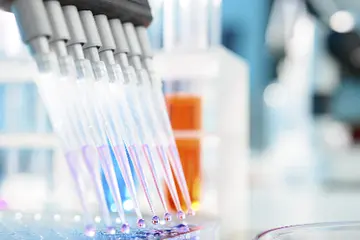Enzyme-linked immunosorbent assay (ELISA): The target molecule is quantitatively analyzed by fixing the antibody or antigen on a solid phase carrier, then adding the test sample and enzyme-labeled antibody or antigen, and finally the enzyme catalyzes the substrate to produce a measurable signal (such as color change).
Chemiluminescence Immunoassay (CLIA): By combining antibodies or antigens with chemiluminescent substances, when the target molecules in the sample to be tested bind to the luminescent substances, a light signal is generated through a chemical reaction, thereby quantitatively analyzing the target molecules.
